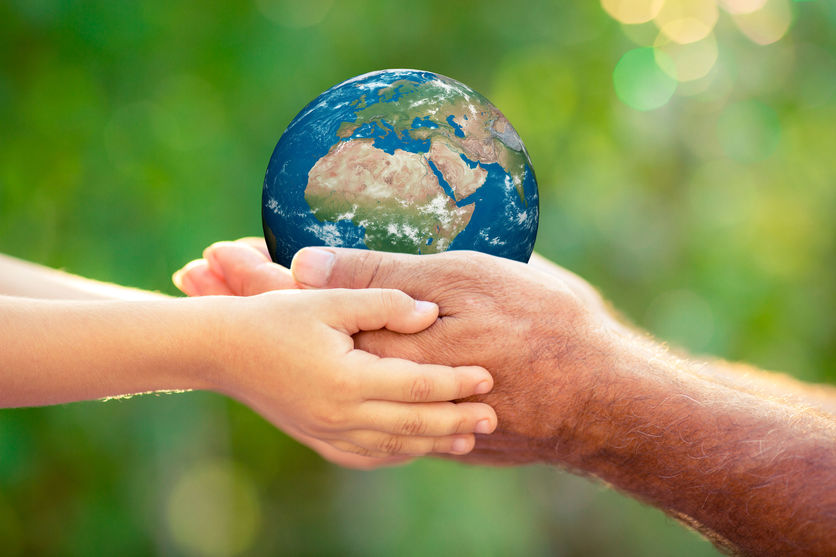Our pānui for Hānuere outlines new Professional Learning Development (PLD) resources. Use them to grow your own scientific and pedagogical literacies – to foster engaged and competent learners.
Thinking about 2025
As the new school year approaches, take a moment to consider professional learning and development opportunities for personal or school-wide use. They are free and instantly available to suit your timing.
Making science education inclusive, meaningful and engaging
The Science Learning Hub Pokapū Akoranga Pūtaiao and Royal Society Te Apārangi co-hosted the national summit Science Education: Fit for Purpose. Videos of the keynote addresses are on the Hub – along with prompting questions to guide personal thinking and staff discussions. They include:
- Curiosity is key – award-winning educators share what is important to them when creating teaching and learning experiences.
- The changing purpose of science education – Professor Russell Tytler speaks on the debates around the ‘science’ of learning.
- Experiences as wahine Māori in education and science – powerful and inspirational stories from kaihautū and kaipūtaiao Māori.
- The development of Taiao Aronui – an iwi education initiative at the heart of local curriculum.
- Agency in the Anthropocene and science education – co-authors Chris Eames and Peta White discuss the working paper for the PISA 2025 Science Framework.
Educating for the future
Climate change is one of many colliding environmental crises. Today’s students need to have the knowledge, competencies and skills to make responsible decisions and take action in response to these crises.
“We have to think carefully about whether we’re teaching about the impacts of climate change or whether we’re teaching about the understanding of human-induced climate change and what we might do about it.”
Agency in the Anthropocene co-author Peta White
Use these PLD resources to build your own science and pedagogical literacies:
- Agency in the Anthropocene – article
- Climate change – classroom competencies – article
- Understanding the basics of climate change – webinar
- Exploring climate change education in secondary schools – webinar
- Exploring climate change education in primary schools – webinar
- Thinking about science education for the future – article
Each of the resources has links to Hub resources to support learning and build student agency.
Save the date!
Next month Pauline Waiti, Rosemary Hipkins and Lian Soh join us for Taking a knowledge systems approach in the classroom: Some dos and don’ts. Join them as they explore examples of mātauranga and science in the classroom.
Date: 20 February, 4:00–4:45 pm
This follows on from previous webinars presented by Rose and Pauline:
- Part 1: Enduring competencies for designing science learning pathways
- Part 2: What is a knowledge system?
- Part 3: Learning benefits of a knowledge systems approach to science
What caught people’s attention in 2024?
The Hub creates resources primarily for New Zealand teachers, students and community audiences, but we have a global reach with more than 4 million users. Our top search phrases for 2024 were: harakeke, carbon cycle, nitrogen cycle, water cycle and Matariki. Our New Zealand-only list was similar with the additions of 1080 and heat transfer.
Some things to think about
Keep these events on your planning radar:
- Big Butterfly Count: citizen science project runs 8–16 February
- Bug of the Year: get your votes in by 17 February (date extended)
- Seaweek – Kaupapa Moana 2025: runs 1–9 March. This helpful article lists a selection of unit plans and other teacher support materials grouped under a range of possible teaching topics.
Follow us
We offer added value through our social media. Contact us about creating collections or boards tailored to your needs. We can help foster connections between the education and science communities.
Your feedback
We hope you enjoy using the Science Learning Hub – Pokapū Akoranga Pūtaiao in your teaching and would love to hear from you. Your comments, ideas and feedback can be emailed to enquiries@sciencelearn.org.nz.
Noho ora mai
Science Learning Hub – Pokapū Akoranga Pūtaiao
See all news



